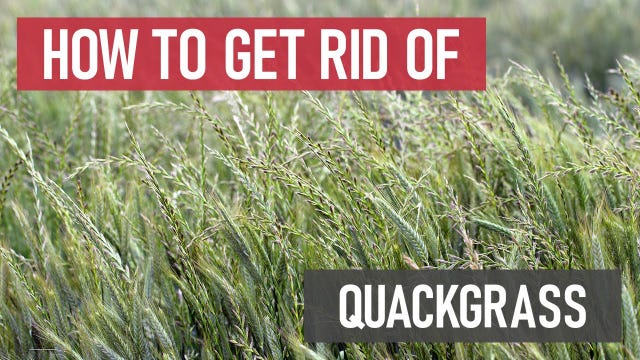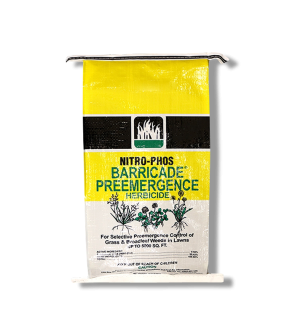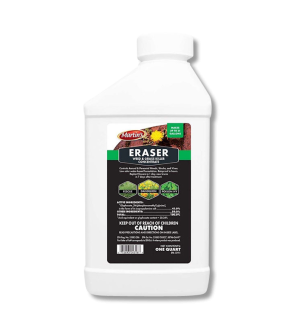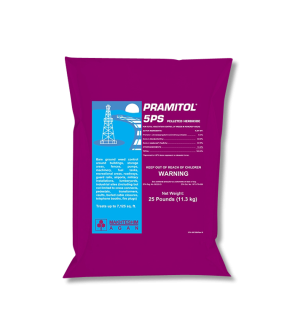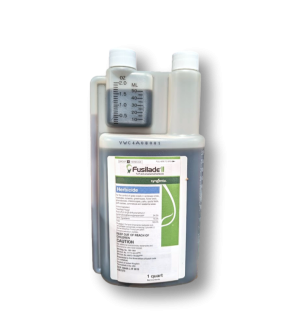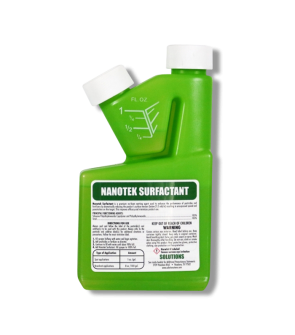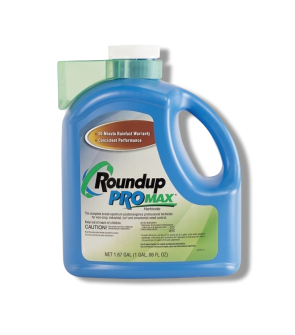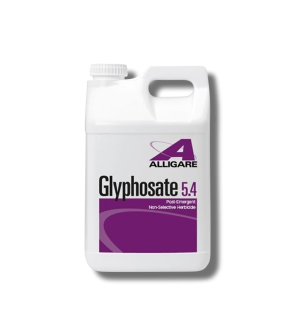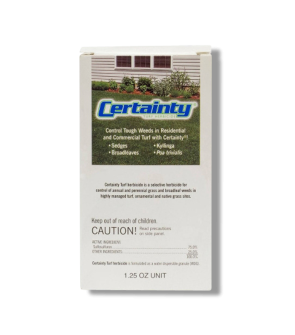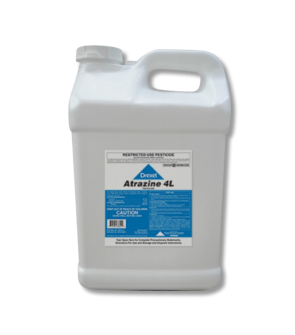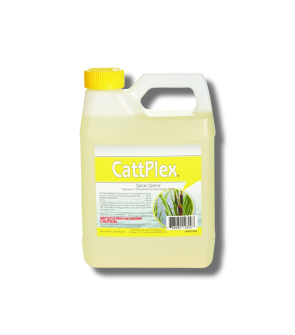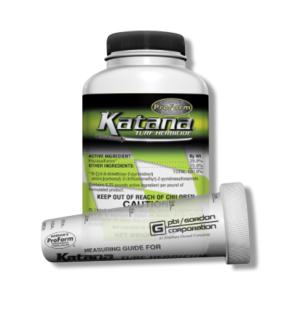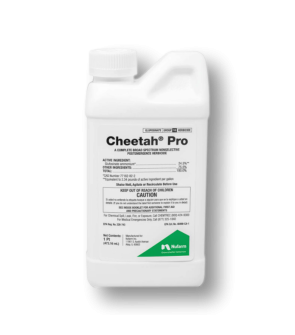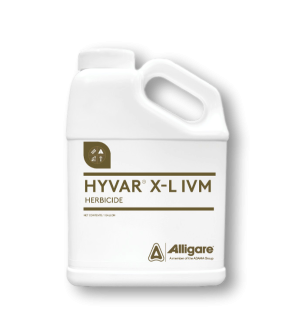Gain access to personalized product screening, the best pricing, rewards, and more!
Most Effective Products
Quackgrass Control: How To Get Rid of Quackgrass
This page is a general DIY guide for controlling quackgrass. Using the recommended products and methods, you can control quackgrass. Follow this DIY article and use the recommended products; we guarantee 100% control of quackgrass.
Quackgrass, also called witchgrass, couchgrass, dog grass, quickgrass, quitch, scotch, scutch grass, shelly grass, knotgrass, or twitch is a tough weed to control on a residential lawn. Quackgrass's scientific name translates to 'sudden field of fire' in Latin and describes the weed's ability to spread over lawns, fields, and gardens quickly. Quackgrass is native to Europe and has grown in the U.S. for over 200 years in nearly every state aside from Arizona, Florida, and Hawaii.
This weed has leaves that are typically wider than lawn-type grasses, and the grass blades have a rough texture when fingers feel the blade. When pulled from the ground, the roots break easily, and often, pieces of the roots will stay in the soil after the plant is removed and eventually regrow.
Quackgrass can quickly invade residential yards, making it tough to control. If you want quackgrass eliminated from your property, we can help. Our DIY treatment guide, put together by our lawn care experts, will show you exactly what you need to do to remove quackgrass from your lawn quickly and affordably compared to other options.
Identification
Before you can conduct treatment, you need to be sure what quackgrass looks like so you can identify whether or not it is the weed you are dealing with. Misidentification can lead to wrong treatment methods, which can waste time and money. When established, quackgrass can stand out easily from your other plants. Here are some traits to help you identify quackgrass:

- Quackgrass is a cool-seasoned perennial grassy weed with a creeping quality. Its leaf blades are flat and dull green or light blue.
- Leaf blades are hairy on the upper-facing surfaces but smooth on lower-facing surfaces. The blades taper to a pointed tip. Often, they appear slightly twisted as they are rolled in the bud, and a pair of narrow auricles wrap around the stem of each grass leaf blade. They grow 3 to 12 inches long and up to 1/2 an inch wide.
- A single, erect flower head (spikelet) develops at the tip of the stem, ranging between 1 to 2 alternating rows of spikelets. They are flattened in appearance, with each spikelet producing multiple tan, narrow, oblong seeds. As the inflorescence matures, they will change from greenish blue to straw-colored. The seed heads are 2 to 6 inches long spikes.
- Quackgrass grows unbranched, erect, and can reach up to 4 feet in height. It will also spread rapidly with long white to yellow-colored rhizomes, which have brownish sheaths at the joint. These rhizomes can spread up to 24 inches horizontally and extend 8 inches into the soil below.
Use our description and image above to help you identify quackgrass on your lawn. If you are having trouble confirming the plant's identification, contact us, and we will properly identify the plant for you and give you the best product recommendations for your weed issue.
Inspection
Once you are certain you are dealing with quackgrass, you should proceed with an inspection. During this phase, you will pinpoint the areas where quackgrass is growing and the conducive conditions of the region. This will help you in determining where to focus your herbicide applications.
Where to Inspect
Quackgrass grows the best in moist, well-drained soils with thin turf and other less competitive foliage.
This weed is commonly found in croplands, semi-wet meadows, lawns, drainage ditches, roadsides, vacant fields, gardens, pastures, and along creeks and rivers.
What To Look For
Quackgrass stands out among typical lawn grasses, growing in sporadic single clumps.
Keep in mind quackgrass can produce flowers and seeds from May to October.
Treatment
Be sure to wear the proper personal protective equipment (PPE) when handling and applying any herbicide material.
Quackgrass is difficult to control, especially via manual or mechanical control methods. These methods can make the problem worse because pieces of rhizome may be left behind. Any leftover plant material will take root and sprout into a new plant.
If you live in the southern United States and have warm-season grasses, we recommend Certainty Turf Herbicide. This herbicide selectively controls weeds in warm-season turf.
To get rid of quackgrass in cool-seasoned turf and other areas of your property, such as sidewalks or paved areas, we recommend using a non-selective herbicide like Eraser 41% Glyphosate. This product will eliminate any foliage it comes into contact with.
Step 1: Mix and Apply Herbicide
Measure the square footage of the treatment area to determine how much herbicide material to use. To do this, measure the length and width of the treatment area in feet and multiply them together (length X width = square footage).
For spot applications in warm-seasoned turf, use 0.75 oz. of Certainty Turf Herbicide per 2 gallons of water per 1,000 sq. ft.
We recommend using a non-ionic surfactant like Nanotek Surfactant to increase this herbicide's control rate. Nanotek Surfactant is a nonionic surfactant designed to improve the adhesion and penetration of pesticides onto treated surfaces.
Simply add 2 teaspoons of Nanotek Surfactant per gallon of pesticide solution.
To use Eraser 41% Glyphosate, apply this product at a rate of 2 1/2 oz. (5 tbs) with 1 gallon of water to treat an area of approximately 300 sq. ft.
Mix and apply these products separately in a handheld pump sprayer. When using Eraser 41% Glyphosate, it would be best to put a label on the sprayer stating non-selective to avoid cross-contamination with other types of herbicide applications in the future.
Fill your sprayer with half the amount of water, then add the appropriate amount of herbicide. Next, fill the rest of the way with the remaining half of water and shake the sprayer.
Once the product has been mixed, spot-treat the quackgrass weeds you found during your inspection. Use a fan or cone spray pattern to ensure the leaves are fully coated, and spray the weed to the point of wetting but not runoff.
Step 2: Follow Up Application
You may need to do multiple repeat applications if the weed is particularly persistent and problematic.
Repeat a second application with Certainty Turf Herbicide 4 to 10 weeks after the first treatment.
Most treated weeds usually show initial symptoms in 2 to 4 days after Eraser 41% Glyphosate application and complete kill in 1 to 2 weeks, but a second application may be made after 4 weeks.
Prevention
Once quackgrass has been eliminated from your property, you will need to implement preventative measures to ensure that it does not return.
- Not only does quackgrass spread through rhizomes, but it will also create new plants by spreading seeds. The best way to prevent new plant growth from seed is by applying a pre-emergent herbicide. Barricade Pre-Emergent Herbicide Prodiamine Granular is a granular pre-emergent that will prevent various broadleaf and grassy weeds, including quackgrass (witchgrass on the label) in established turf. Depending on your turf species, you may use anywhere from 1.5 to 4 pounds of Barricade Granular Pre-Emergence Herbicide per 1,000 sq. ft. Spread the proper amount of product into a push or broadcast spreader. Broadcast the granules uniformly using your spreader. You may need to make two perpendicular passes to cover the treatment area completely. After application, water the treated area with 0.5 inches of irrigation.
- Maintain regular fertilization of lawns so it is harder for this weed to grow through dense foliage areas.
- Mow your grass at proper intervals to maintain a thick growing density. A lawn dense with taller trimmed grass can better choke out weeds and prevent them from establishing.
- This weed can regrow from any small portion. By cleaning mowers, spreaders, and other agricultural equipment when coming back from an area previously or currently infested with quackgrass, you can reduce the odds of this weed reoccurring.
- Til or hoe areas with this weed until the roots are completely removed. Be sure to avoid tossing soil and foliage onto nearby uninfested areas.
- Reduce the shade cast on your lawn by trimming overgrown shrubbery and tree branches, rake away leaf litter and pick up any debris, and employ a proper watering schedule to provide the local grass with enough water to strengthen its roots, but not so much that will encourage weeds. Many grasses require 1 inch of water every week. Apply the water all at once in the morning so it has time to seep into the ground without evaporating in the sun.
Key Takeaways
What is Quackgrass?
- Quackgrass is a creeping, sod-forming perennial grass weed that establishes quickly and is persistent.
How to Get Rid of Quackgrass
- Our top products to treat quackgrass are Certainty Turf Herbicide for selective control of warm-seasoned turf and Eraser 41% Glyphosate in all other turf areas and sites. We add Nanotek Surfactant to increase the herbicide's rate of control.
Preventing Quackgrass Reinfestation
- To prevent quackgrass from returning, apply Barricade Pre-Emergent Herbicide Prodiamine Granular. Regular lawn care maintenance and fertilization will further reduce the conditions needed for this weed to grow.
-
Q:I have a lawn comprised of Kentucky bluegrass, perennial ryegrass and rescue. I live in Washington state. Will certainty hurt my grass. Can I apply certainty in the summer heat?6/4/25
-
Q:What can I use in my vegetable garden to get rid of witch grass? I want the grass gone but I don't want to sour my soil or kill off my vegetables!5/28/24






